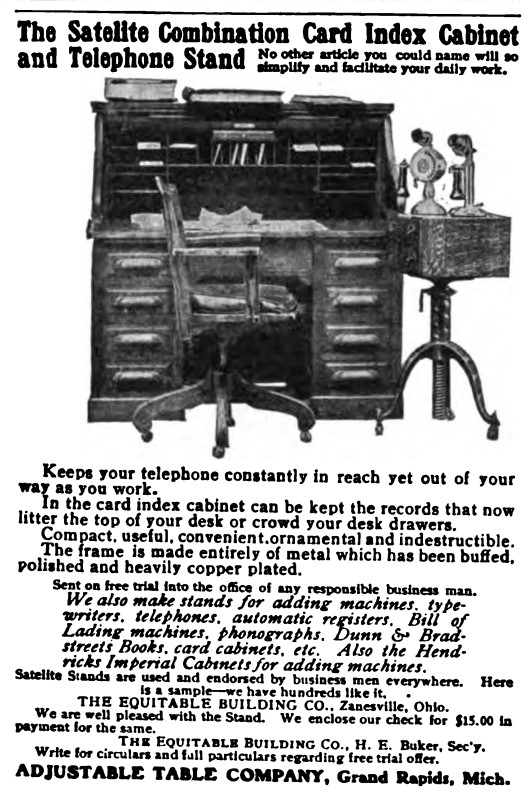Taking notes for historical writing .t3_185xmuh._2FCtq-QzlfuN-SwVMUZMM3 { --postTitle-VisitedLinkColor: #9b9b9b; --postTitleLink-VisitedLinkColor: #9b9b9b; --postBodyLink-VisitedLinkColor: #989898; } questionI'm trying to understand how to adopt parts of the Zettelkasten method for thinking about historical information. I wrote a PhD in history. My note-taking methodology was a complete mess the whole time. I used note-taking to digest a book, but it would take me two or three times longer than just reading. I would go back over each section and write down the pieces that seemed crucial. Sometimes, when I didn't know a subject well, that could take time. In the end, I would sometimes have many pages of notes in sequential order sectioned the way the book was sectioned, essentially an overlay of the book's structure. It was time-consuming, very hard, not useless at all, but inefficient.Now consider the Zettelkasten idea. I haven't read much of Luhmann. I recall he was a sociologist, a theorist in the grand style. So, in other words, they operate at a very abstract level. When I read about the Zettelkasten method, that's the way it reads to me. A system for combining thoughts and ideas. Now, you'll say that's an artificial distinction, perhaps...a fact is still rendered in thought, has atomicity to it etc. And I agree. However, the thing about facts is there are just A LOT of them. Before you write your narrative, you are drowning in facts. The writing of history is the thing that allows you to bring some order and selectivity to them, but you must drown first; otherwise, you have not considered all the possibilities and potentialities in the past that the facts reveal. To bring it back to Zettelkasten, the idea of Zettel is so appealing, but how does it work when dealing with an overwhelming number of facts? It's much easier to imagine creating a Zettelkasten from more rarefied thoughts provoked by reading.So, what can I learn from the Zettelkasten method? How can I apply some or all of its methodologies, practically speaking? What would change about my initial note-taking of a book if I were to apply Zettelkasten ideas and practice? Here is a discussion about using the method for "facts". The most concrete suggestions here suggest building Zettels around facts in some ways -- either a single fact, or groups of facts, etc. But in my experience, engaging with a historical text is a lot messier than that. There are facts, but also the author's rendering of the facts, and there are quotes (all the historical "gossip"), and it's all in there together as the author builds their narrative. You are trying to identify the key facts, the author's particular angle and interpretation, preserve your thoughts and reactions, and save these quotes, the richest part of history, the real evidence. In short, it is hard to imagine being able to isolate clear Zettel topics amid this reading experience.In Soenke Ahrens' book "How to Take Smart Notes," he describes three types of notes: fleeting notes (these are fleeting ideas), literature notes, and permanent notes. In that classification, I'm talking about "literature notes." Ahrens says these should be "extremely selective". But with the material I'm talking about it becomes a question. How can you be selective when you still don't know which facts you care about or want to maintain enough detail in your notes so you don't foreclose the possibilities in the historical narrative too early?Perhaps this is just an unsolvable problem. Perhaps there is no choice but to maintain a discipline of taking "selective" literature notes. But there's something about the Zettelkasten method that gives me the feeling that my literature notes could be more detailed and chaotic and open to refinement later.Does my dilemma explained here resonate with anyone who has tried this method for intense historical writing? If so, I'd like to hear you thoughts, or better yet, see some concrete examples of how you've worked.
reply to u/ethanzanemiller at https://www.reddit.com/r/Zettelkasten/comments/185xmuh/taking_notes_for_historical_writing/
Rather than spending time theorizing on the subject, particularly since you sound like you're neck-deep already, I would heartily recommend spending some time practicing it heavily within the area you're looking at. Through a bit of time and experience, more of your questions will become imminently clear, especially if you're a practicing historian.
A frequently missing piece to some of this puzzle for practicing academics is upping the level of how you read and having the ability to consult short pieces of books and articles rather than reading them "cover-to-cover" which is often unnecessary for one's work. Of particular help here, try Adler and Van Doren, and specifically their sections on analytical and syntopical reading.
- Adler, Mortimer J., and Charles Van Doren. How to Read a Book: The Classical Guide to Intelligent Reading. Revised and Updated ed. edition. 1940. Reprint, Touchstone, 2011.
In addition to the list of practicing historians I'd provided elsewhere on the topic, you might also appreciate sociologist Beatrice Webb's short appendix C in My Apprenticeship or her longer related text. She spends some time talking about handling dates and the database nature of querying collected facts and ideas to do research and to tell a story.
- Webb, Beatrice Potter. My Apprenticeship. First Edition. New York: Longmans, Green & Co., 1926. https://archive.org/details/myapprenticeship0000beat/page/412/mode/2up.
- Webb, Sidney, and Beatrice Webb. Methods of Social Study. London; New York: Longmans, Green & Co., 1932. http://archive.org/details/b31357891.
Also helpful might be Mill's article which became a chapter in one of his later books:
- Mills, C. Wright. “On Intellectual Craftsmanship (1952).” Society 17, no. 2 (January 1, 1980): 63–70. https://doi.org/10.1007/BF02700062.
Perhaps u/danallosso may have something illuminating to add, or you can skim through his responses on the subject on Reddit or via his previous related writing: https://danallosso.substack.com/.
Enough historians and various other humanists have been practicing these broad methods for centuries to bear out their usefulness in researching and organizing their work. Read a bit, but truly: practice, practice, and more practice is going to be your best friend here.
